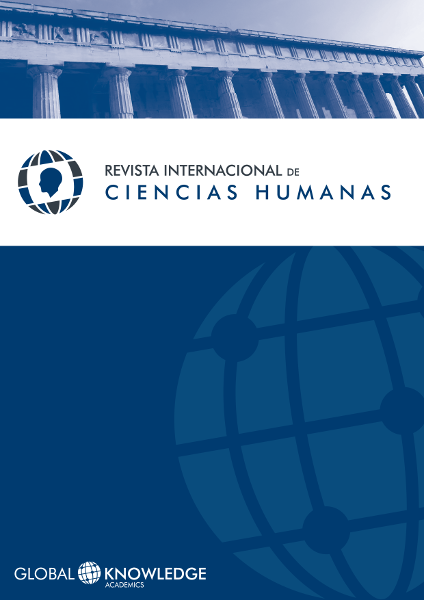Time in Miguel de Unamuno's "Paz en la guerra" and "Niebla"
DOI:
https://doi.org/10.37467/gka-revhuman.v4.750Keywords:
Unamuno, Novels, TimeAbstract
Although many readers of Unamuno’s novels have noted that the style of his first novel, “Paz en la guerra” (1897), is quite traditional and that, therefore, it differs considerably from the style of the novels he will write later, it also contains elements that clearly link it to his subsequent novels. One of these is the manipulation of time, which detains time and produces what Henri Bergson would call the “virtualization” of time. Time is also detained and virtualized in other Unamuno novels—in particular, “Niebla.” For example, in “Niebla” various temporal anomalies reveal Unamuno’s desire to detain time and eternalize the moment in order to escape death and exist perpetually, a desire also present in “Paz en la guerra.” The present study therefore shows that through its particular manipulation of time, “Paz en la Guerra” is clearly linked to Unamuno’s more experimental novels.
References
Bergson, H. (1988). Matter and Memory (Trans. Nancy Margaret Paul and W. Scott Palmer). NY: Urzone, Inc.
Blanco Aguinaga, C. (1959). El Unamuno contemplativo. México, D.F.: El Colegio de México. DOI: https://doi.org/10.24201/9786076283813
Caudet, F. (1999). Introducción a Paz en la guerra. Madrid: Cátedra.
Dueñas, R. (2000). The Prologue as a Novel in Unamuno´s Niebla. Ciberletras, 3.
Fiddian, R.W. (1974). Unamuno-Bergson: A Reconsideration. Modern Language Review, 69, pp. 787-795. DOI: https://doi.org/10.2307/3725292
Franz, T.R. (1996a). Structures of Ironic and Non-Ironic Voicing in Paz en la guerra. Studies in honor of Gilberto Paolini, pp. 273-284.
Franz, T.R. (1996b). Unamuno’s Contributions to the Stream-of-Consciousness Narrative. Hispanófila, 117, pp. 55-62.
Fraser, B. (2010). Encounters With Bergson(ism) in Spain: Reconciling Philosophy, Literature, Film and Urban Space. Chapel Hill: UNC Department of Romance Languages.
Genette, G. (1980). Narrative Discourse (Trans. Jane E. Lewin). Ithaca: Cornell University Press.
Gullón, G. (1989). Paz en la guerra y la interiorización de la novela española moderna. Ojáncano, 2, pp. 41-57.
Güntert, G. (1997). Unamuno filóso y novelista: Paz en la guerra como etapa decisiva en la evolución de su pensamiento. Versants, 32, pp. 11-25.
Livingstone, L. (1941). Unamuno and the Aesthetic of the Novel. Hispania, 24 (4), pp. 442-240. DOI: https://doi.org/10.2307/332827
Olson, P.R. (2003). The Great Chiasmus: Word and Flesh in the Novels of Unamuno. West Lafayette: Purdue University Press. DOI: https://doi.org/10.2307/j.ctt6wq4b5
Olson, P.R. (1984). Unamuno: Niebla. London: Grant & Cutler Ltd.
Palenzuela, N. (1997). Unamuno y Borges: disfraces del tiempo. Cuadernos hispanoamericanos 565-566, pp. 79-89.
Ribbans, G. (1971). Niebla y soledad: aspectos de Unamuno y Machado. Madrid: Gredos.
Unamuno, M. de (1983). Por tierras de Portugal y de España y Andanzas y visiones españolas. México, D.F.: Editorial Porrúa, S.A.
Unamuno, M. de (1999). Paz en la guerra. Madrid: Cátedra.
Unamuno, M. de (2001). Niebla. Madrid: Cátedra.
Unamuno, M. de (2006). San Manuel Bueno, mártir. Madrid: Cátedra.
Valdés, M. J. (2001). Introducción a Niebla. Cátedra: Madrid.
Downloads
Published
How to Cite
Issue
Section
License
Those authors who publish in this journal accept the following terms:
- Authors will keep the moral right of the work and they will transfer the commercial rights.
- After 1 year from publication, the work shall thereafter be open access online on our website, but will retain copyright.
- In the event that the authors wish to assign an Creative Commons (CC) license, they may request it by writing to publishing@eagora.org









